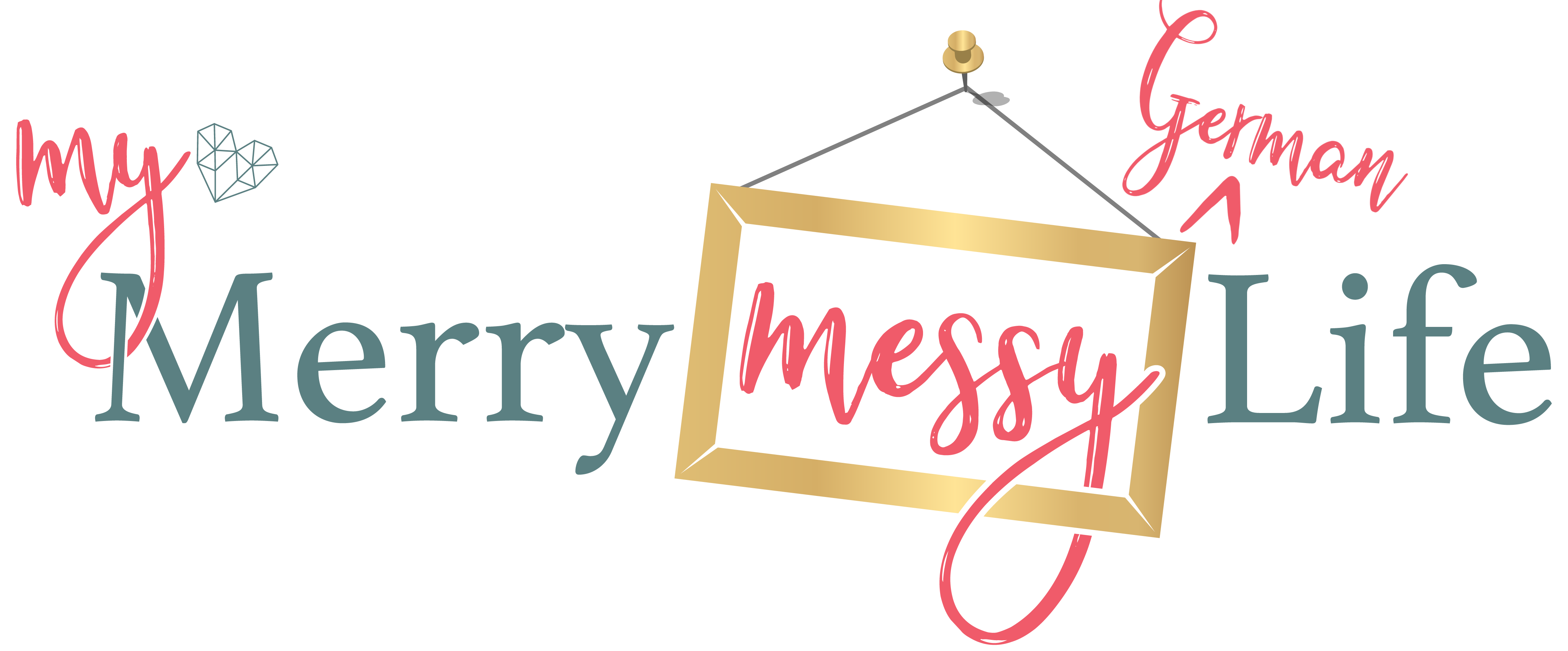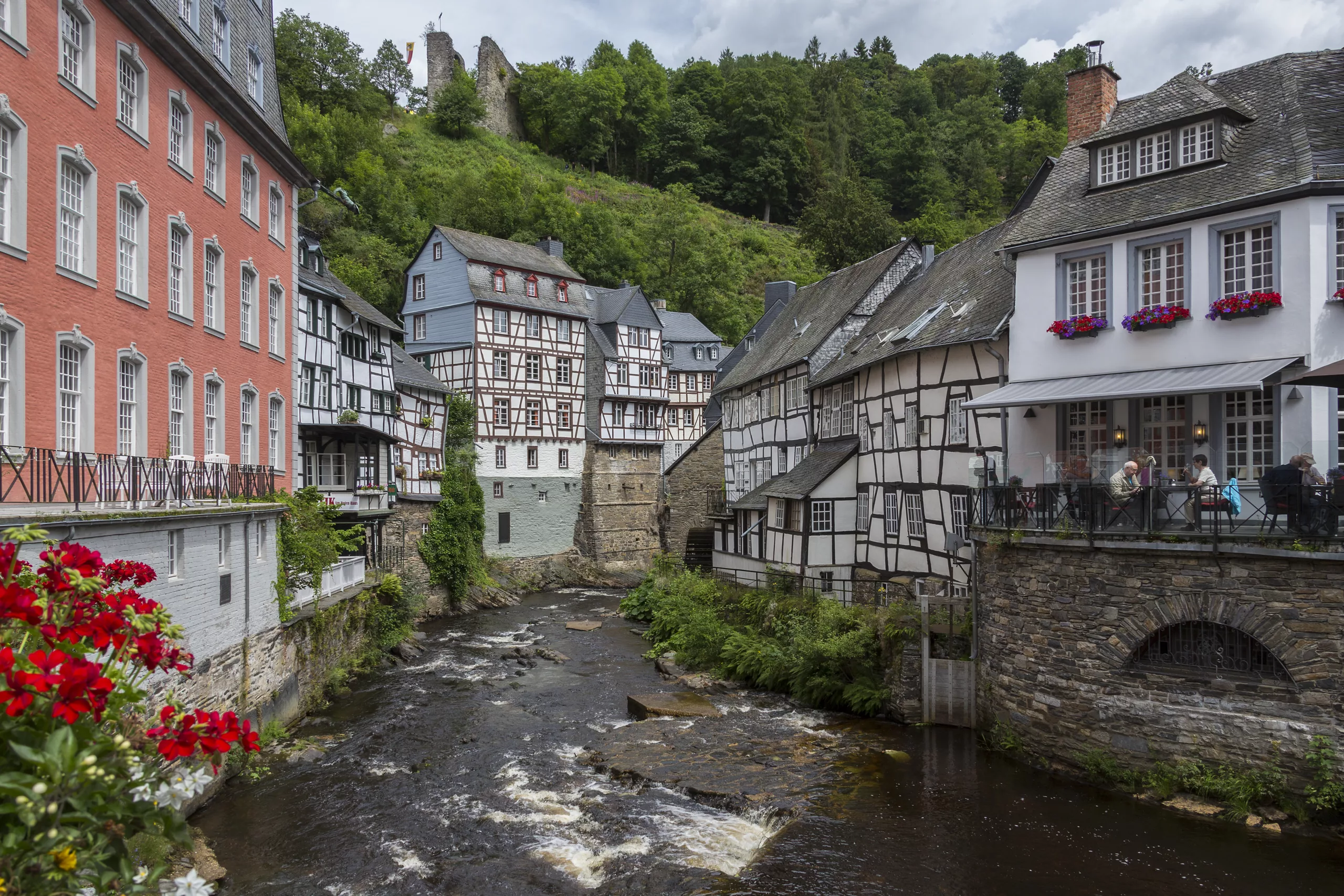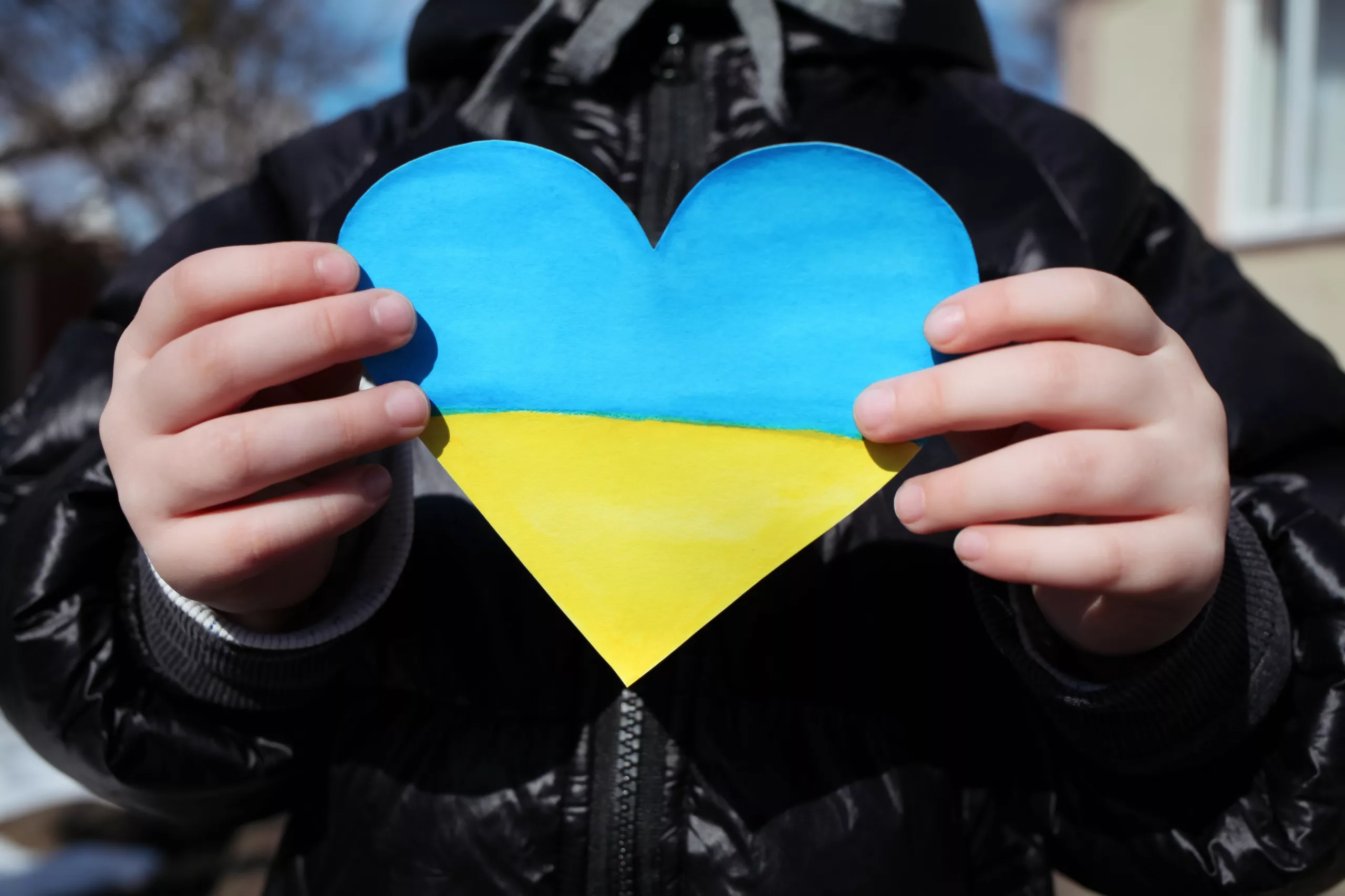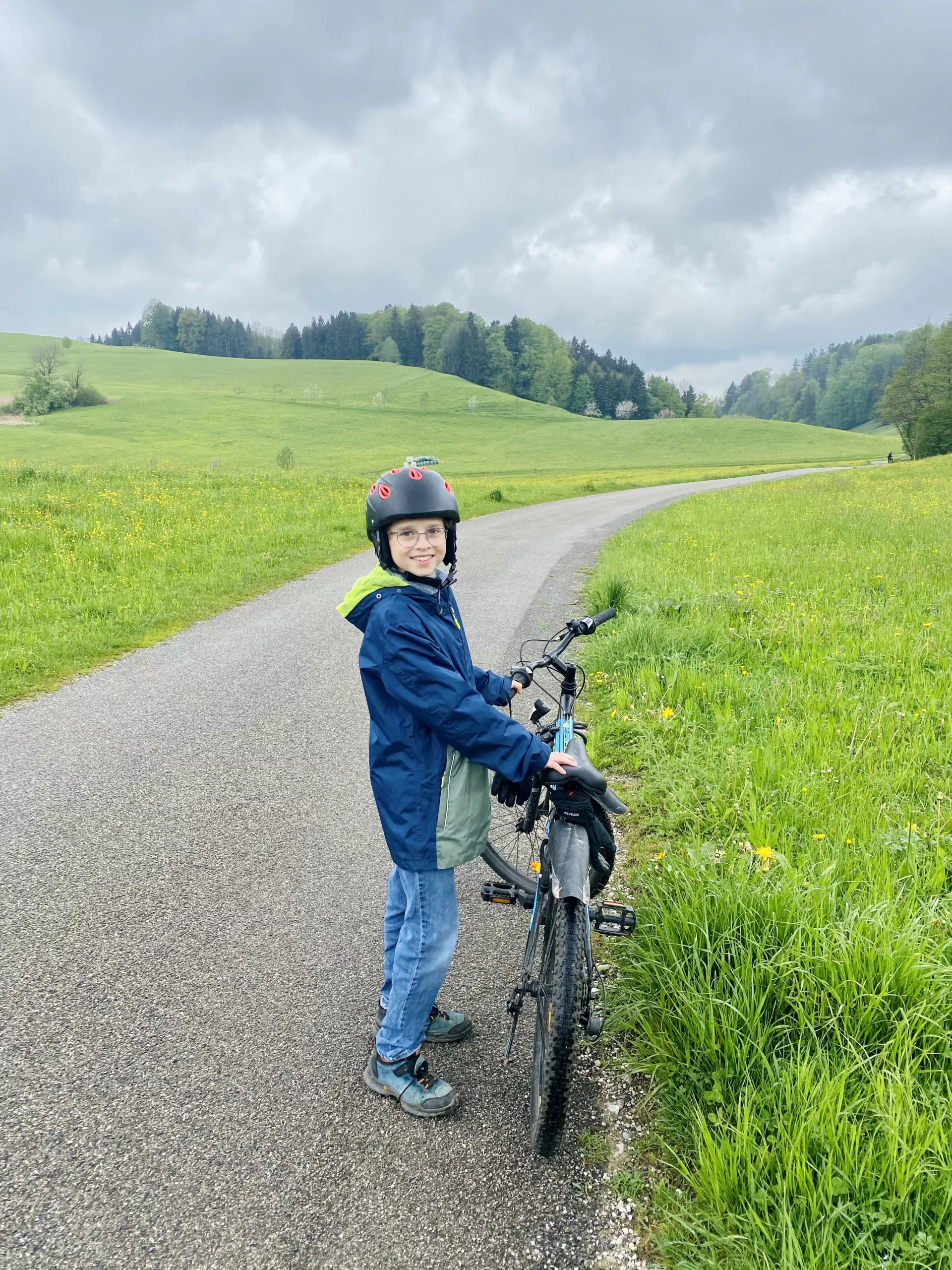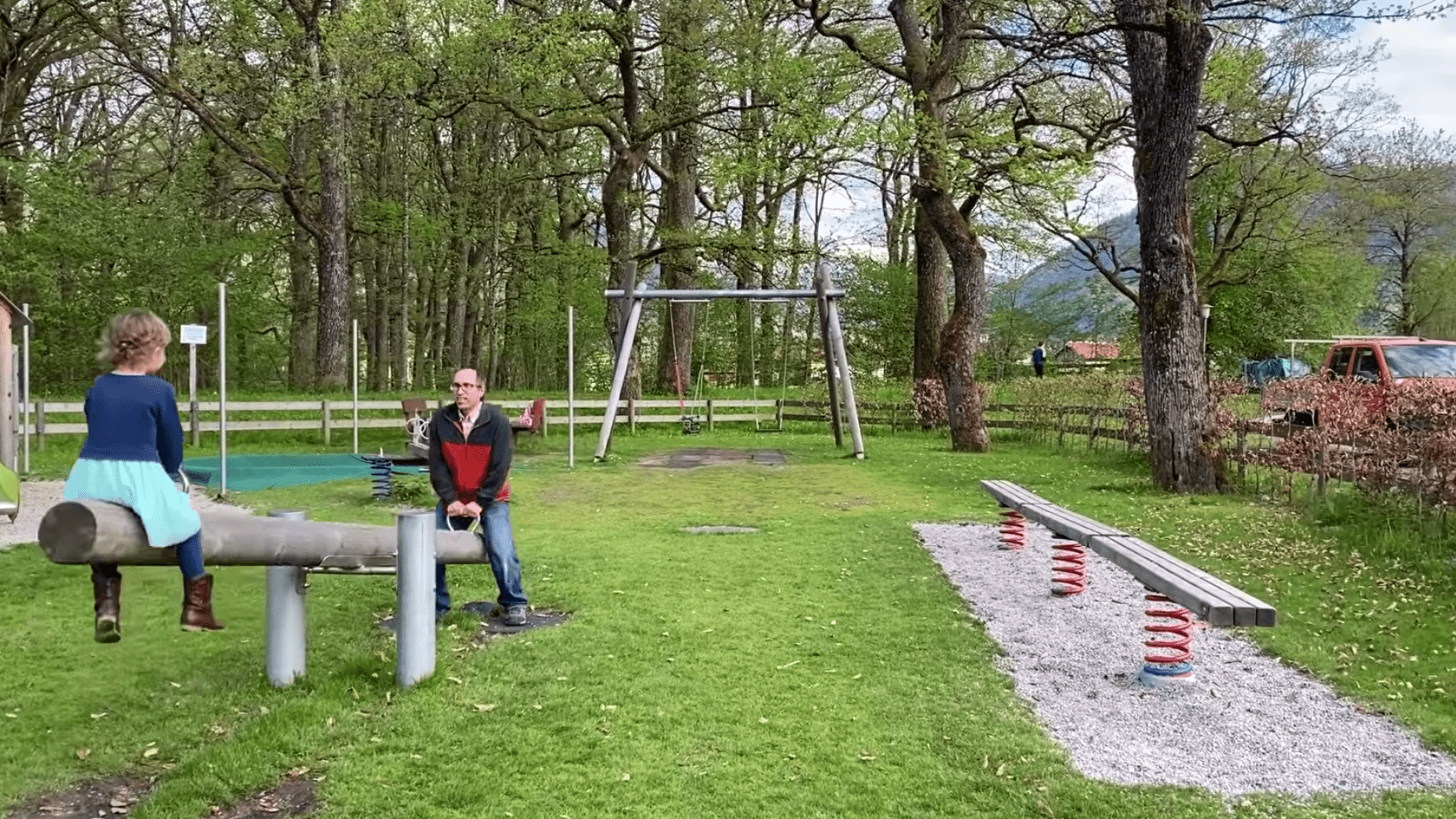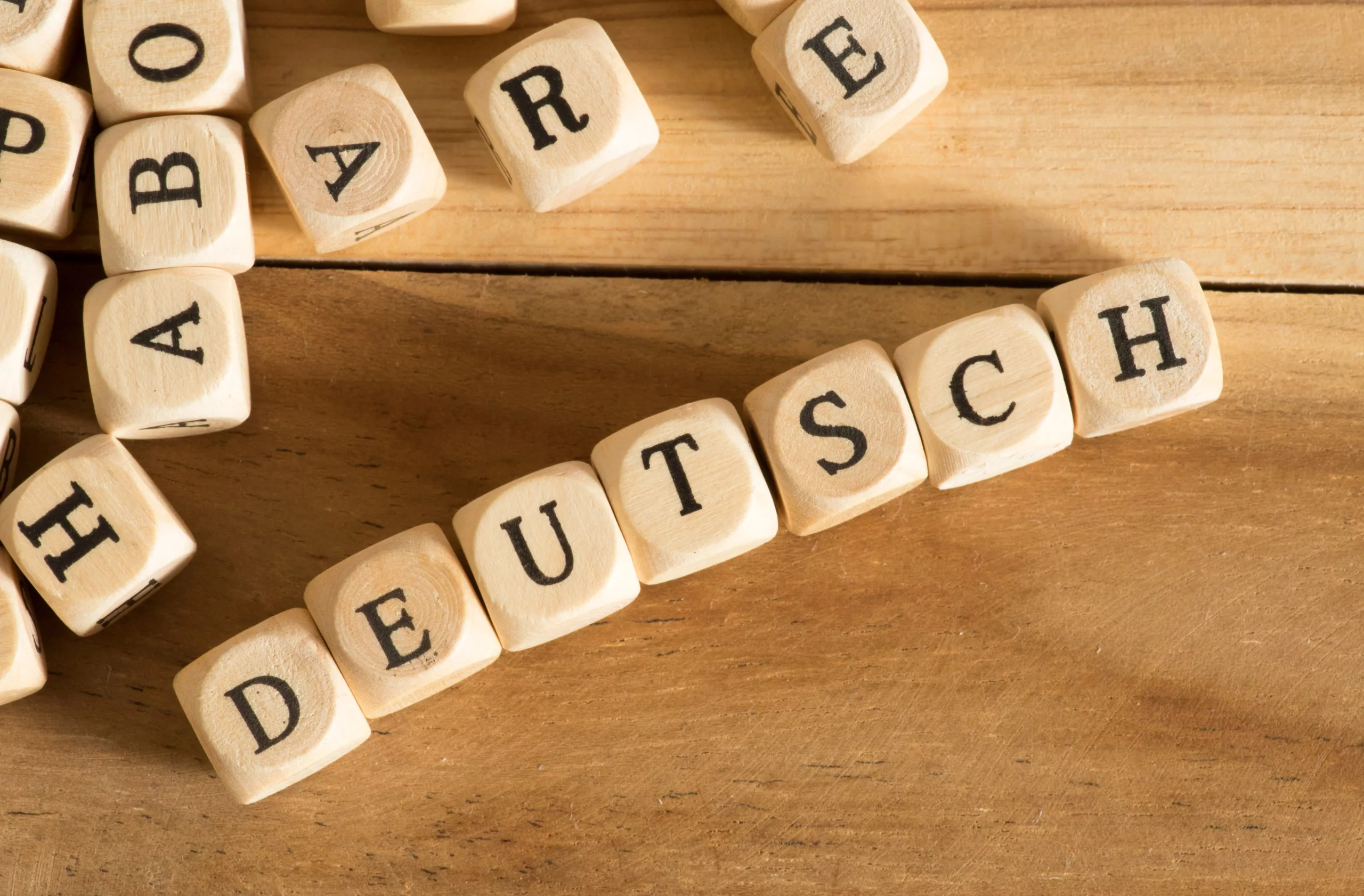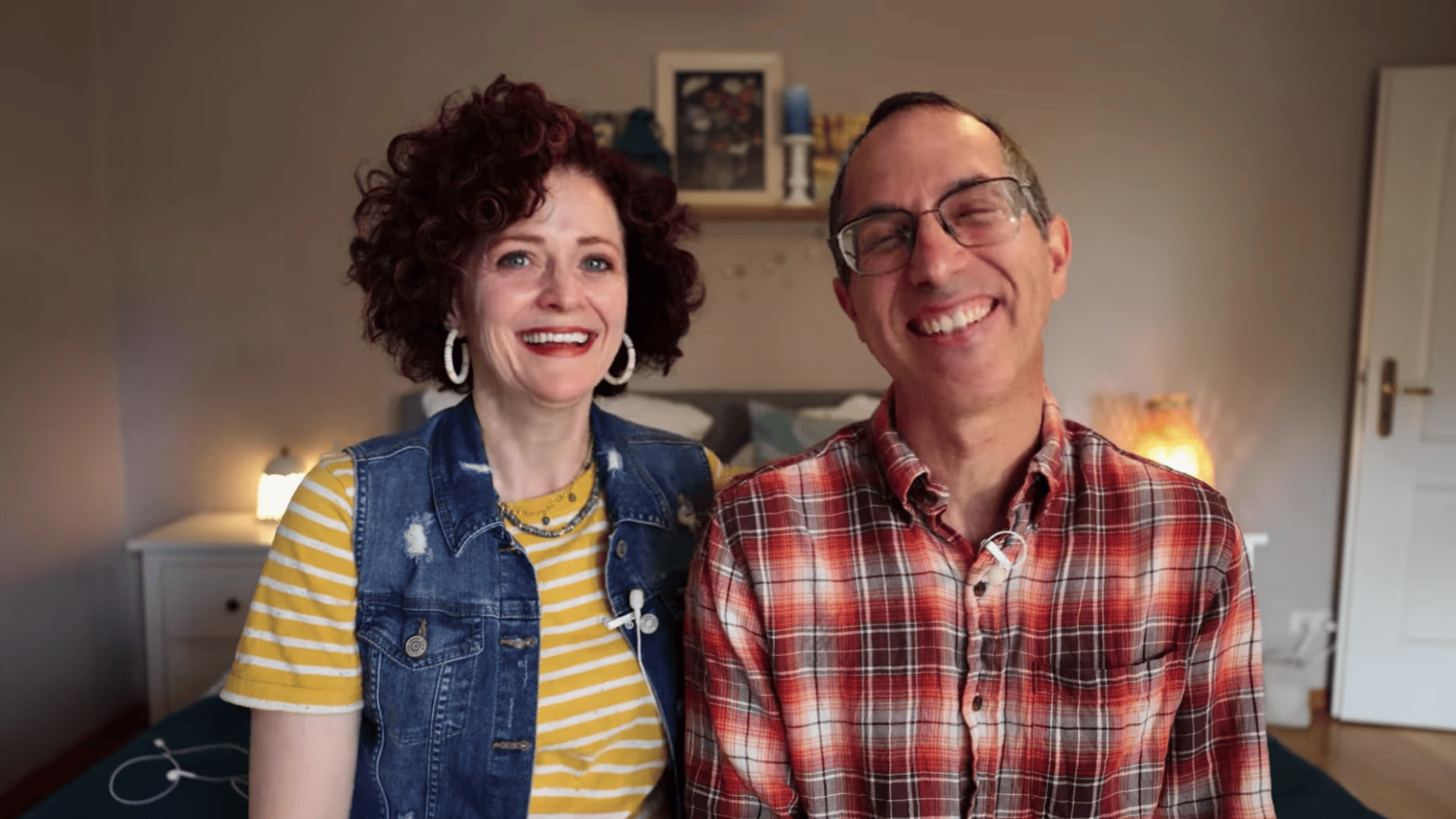Halloween in Germany – Why Many Don’t Like or Need It
Halloween is not nearly as popular in Germany as it is in the USA, at least not among those who are 35 and older. But before we get into that – let’s talk about the origins of Halloween because they actually originate right here in Germany (and continental Europe).
So how did All Hallow’s Eve, or All Saint’s Day, or All Soul’s Day, go from being popular in Europe to change to Halloween in the USA and has now started to make a resurgence?
THE ORIGINS OF HALLOWEEN & ALL SAINT’S DAY IN GERMANY
The tradition of All Hallow’s Eve originated with the ancient Celtic festival of Samhain when people would light bonfires and wear costumes to ward off ghosts. In the eighth century, Pope Gregory III designated November 1 as a time to honor all saints. Soon, All Saints Day incorporated some of the traditions of Samhain. The evening before was known as All Hallows Eve and later Halloween. Over time, Halloween evolved into a day of activities like trick-or-treating, carving jack-o-lanterns, festive gatherings, donning costumes, and eating treats.
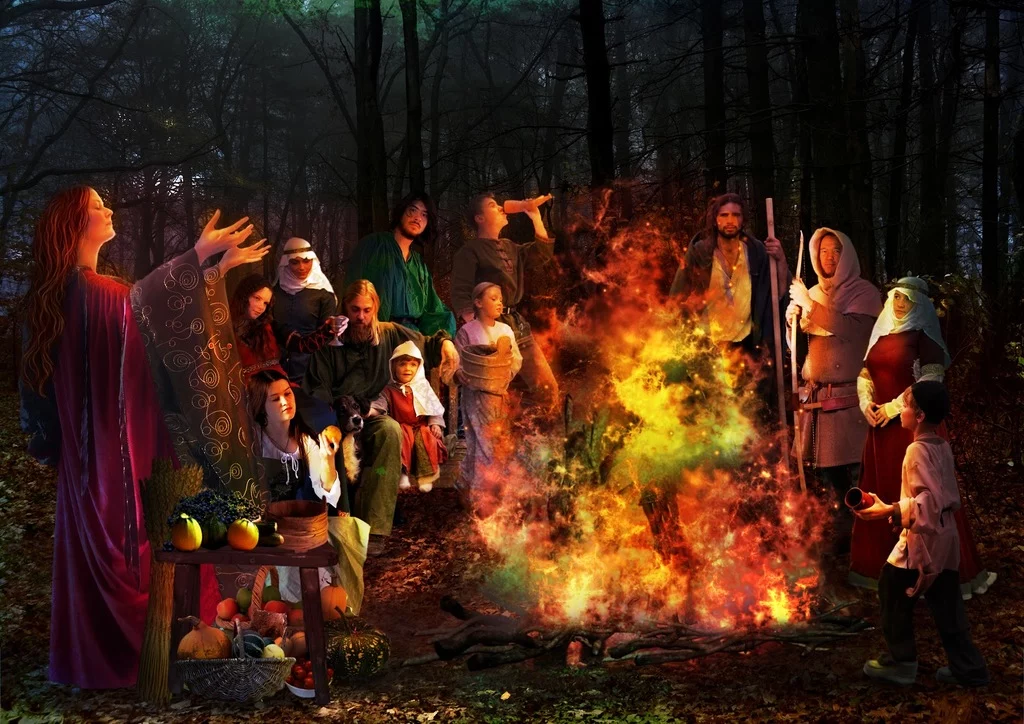
The Samhain Harvest Celebration of the Celts
The celts celebrated their new year on November 1. This day marked the end of summer and the harvest and the beginning of the dark, cold winter, a time of year that was often associated with a human death, sickness, and starvation. The Celts, who occupied most of continental Europe thousands of years ago, believed that on the night before the new year, the boundary between the worlds of the living and the dead became blurred. On the night of October 31st, they celebrated Samhain when it was believed that the ghosts of the dead returned to earth.
By the 9th century, the influence of Christianity had spread into Celtic lands, where it gradually blended with and supplanted older Celtic rites. In 1000 A.D., the church made November 2 All Souls’ Day, a day to honor the dead. It’s widely believed today that the church was attempting to replace the Celtic festival of the dead with a related, church-sanctioned holiday.

How Halloween was Created in the USA
So these traditions stayed in Europe but began changing in the USA with the arrival of Irish immigrants in the 19th century.
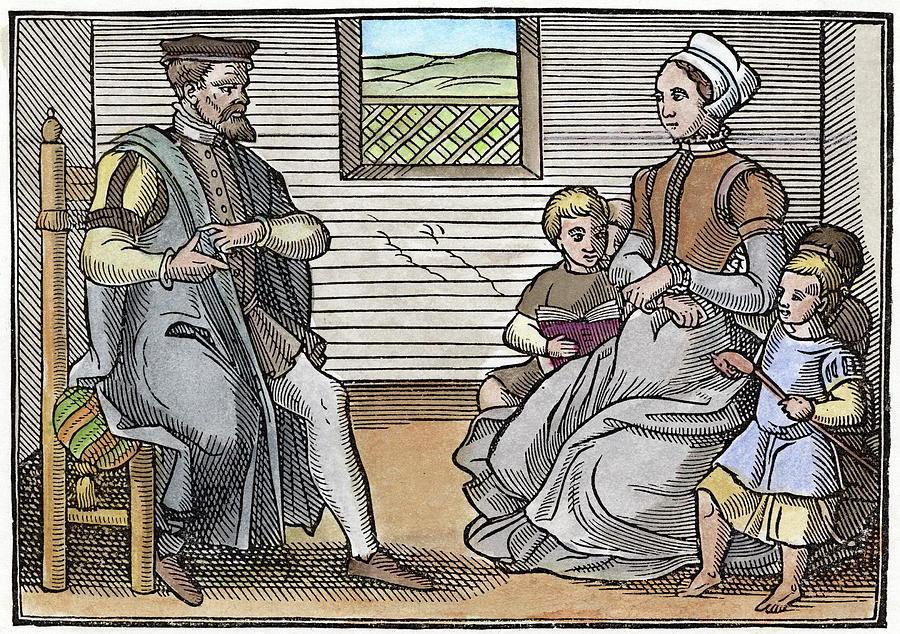
Halloween was limited in Colonial England because of the strict Protestant beliefs. But south of Maryland, settlers began mixing their Halloween traditions with that of the Native Americans. They began to have “play parties,” which were public events to celebrate the harvest. Neighbors would share stories of the deal, tell each other’s fortunes, and ghost stories, and dance and sing. However, Halloween wasn’t celebrated everywhere just yet.
The Irish Brought the Celtic Traditions with them to the USA
In the second half of the 19th century, America was flooded with new immigrants. These immigrants, especially the millions of Irish fleeing the Irish Potato Famine, helped to popularize the celebration of Halloween nationally. The Irish and Scottish were the only people to keep the Samhain harvest festival traditions, unlike the rest of Europe, which was more influenced by the Catholic Church.
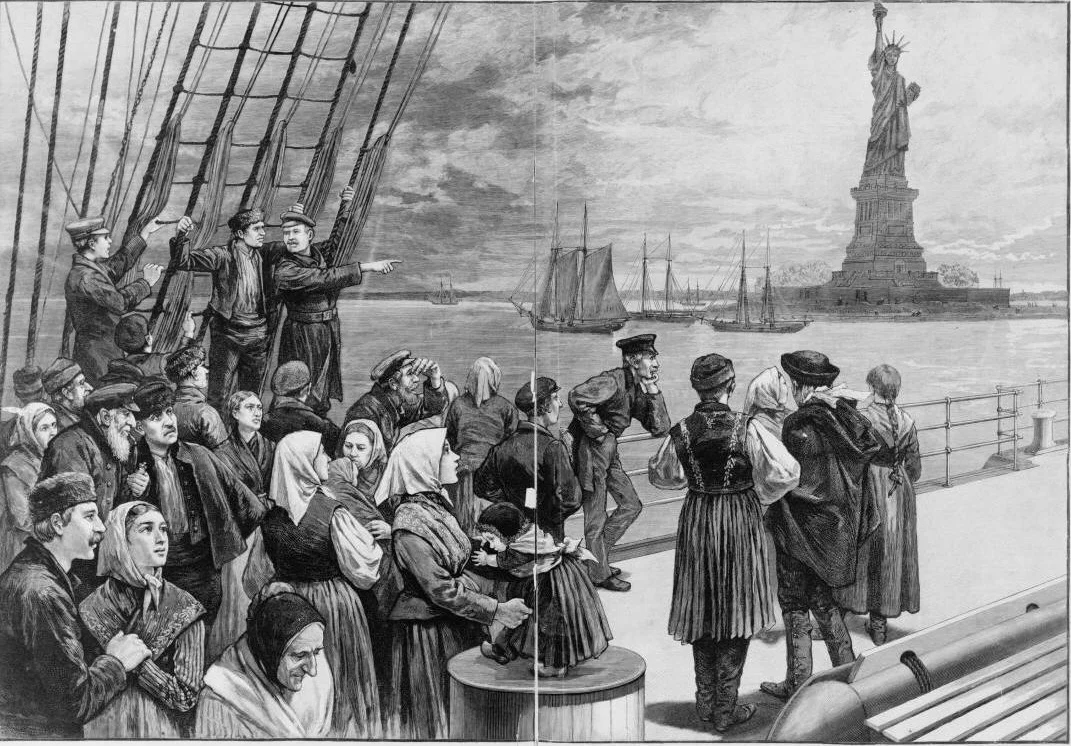
HOW THE “DAYS OF THE DEAD” ARE OBSERVED AMONG GERMAN CATHOLICS
Traditionally, liturgical readings in Catholic churches for All Saints’ Day begin on the evening of 31 October. In Bavaria, the whole span from 30 October to 8 November is observed as All Souls Week. In general, however, it is only the triduum from 31 October to 2 November that is observed.
All Saints’ Day traditions in Germany include placing lit candles or small lamps on the graves of deceased relatives. People also decorate the graves with fir-branch, and pine-cone wreaths and lay floral arrangements on the grave sites.
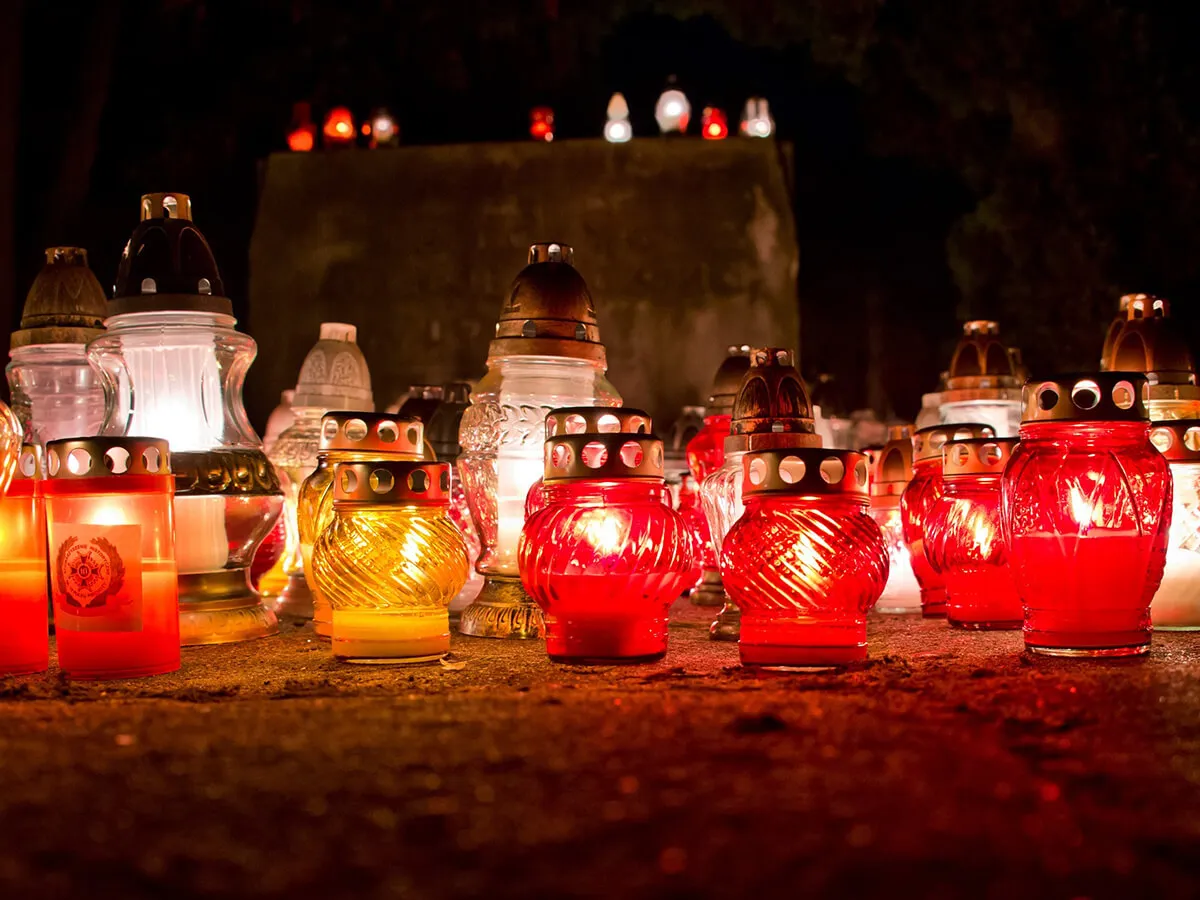
After a somber sermon in a village church, it is common for a procession with congregants carrying such lamps to move out into the church graveyard to decorate the graves. At home, families gather together for large meals, and the next morning, on All Souls Day, mass is attended again, and prayers are made for the dead.
HALLOWEEN ALSO CONFLICTS WITH HOLIDAYS OF GERMAN PROTESTANTS
So along with German Catholics, Germans Protestants also have some conflicts with the holiday. German Reformation Day is also on October 31. It is the day to recognize and commemorate Martin Luther’s nailing his 95 Theses to the door of the Castle Church in Wittenberg, Germany in 1517. German Protestants also have their own day to remember loved ones who have passed away, and that is Totensonntag, which is on the last Sunday before Advent.
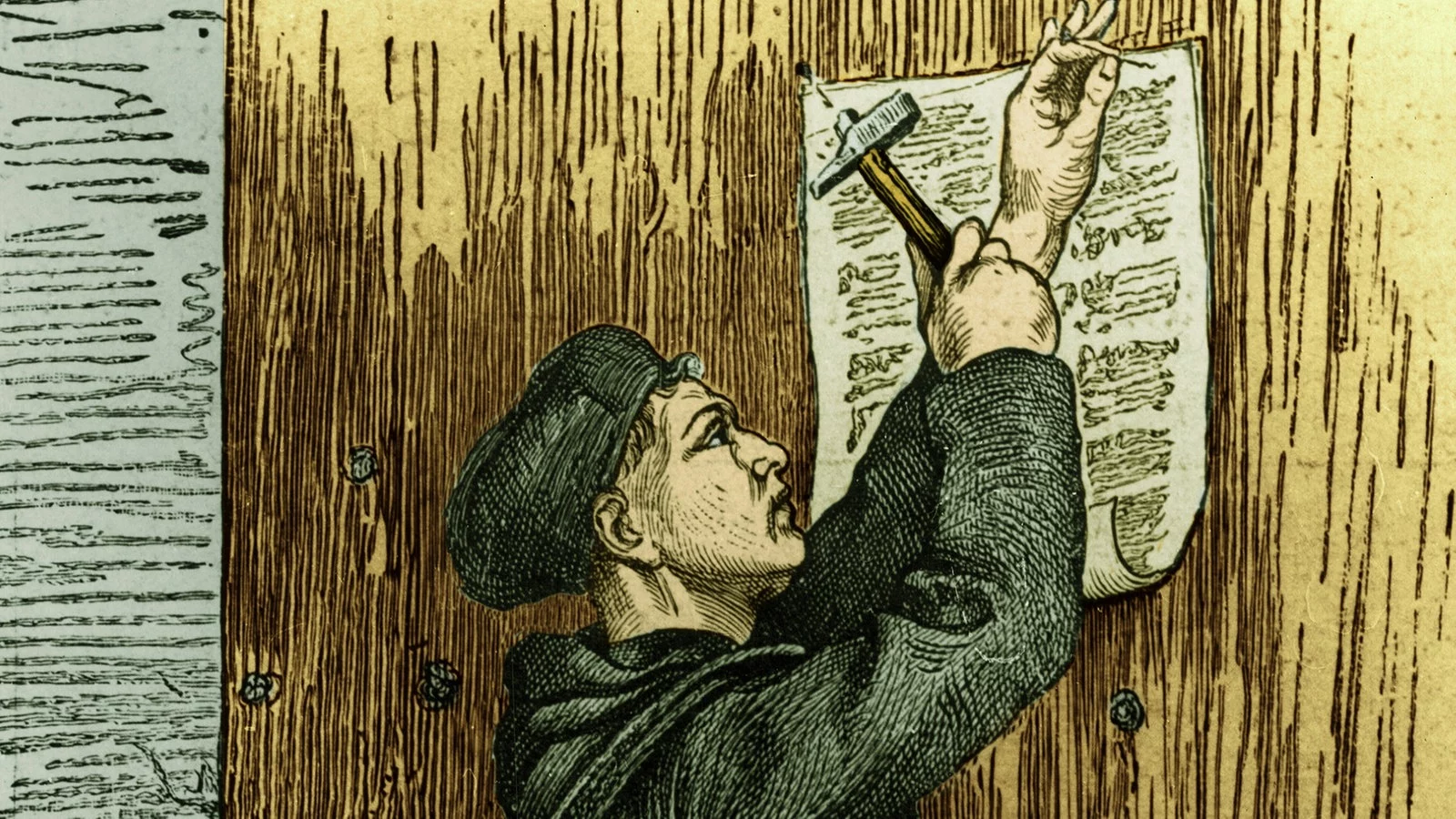
November is the Month of Remembrance in Germany
The whole month of November in Germany is the month of remembrance. It includes the Catholic All Souls’ Day (Allerseehen), All Saint’s Day, Allerheiligen, the day of mourning or Volkstrauertag, and Totensonntag. Volkstrauertag, or “people’s day of mourning” in English, is observed two Sundays before the first day of Advent. It commemorates members of the armed forces of all nations and civilians who died in armed conflicts, including victims of violent oppression.
Totensonntag – Sunday of the Dead
So the last day in the month of remembrance is the Protestant Sunday of the Dead. Totensonntag is intended to give consolation to the bereaved, keep the memory of the deceased alive, and at the same time, call for a more conscious approach to life.
HOW HALLOWEEN WAS BROUGHT TO GERMANY IN THE 1990’s
There is a lot of American influence in Germany due to the American troops who still live in Germany to this day. American Halloween movies and TV shows have also been popular among younger Germans. So Germans have long known about Halloween, but it has never been very popular here.
One German organization, in particular, takes credit for making Halloween a popular celebration in Germany. The Special Carnival Group (Fachgruppe Karneval) of the German Association for the Toy Industry (Deutscher Verband der Spielwarenindustrie, DVSI) claims the German amusement and toy industry was badly hurt in 1991 after Karneval was canceled because of the First Gulf War. The DVSI began looking for alternatives. In 1994 they began a campaign to promote Halloween to Germans. By 2009 Germans were spending 30 million euros annually on Halloween. For Germany’s candy industry, the holiday has become the third largest after Christmas and Easter. Whether or not the DVSI should get the credit, Halloween is now a major factor in German popular culture and the German economy.
WHAT GERMANS DON’T LIKE ABOUT HALLOWEEN
It is estimated that anywhere from 8-15% of Germans celebrate Halloween. While it is nowhere near the big holiday here that it is in the USA, it is gaining popularity, especially among kids and those under the age of 35.
The Trick Part of “Trick or Treat”
Many Germans say they don’t like the “trick” aspect of Halloween traditions makes many Germans angry, according to Spiegel Online, as well as the overlap with St. Martin’s Day, a holiday that follows under two weeks after Halloween on November 11. It also overlaps with Lutheran Reformation Day, which is on Halloween itself, October 31. This is observed as a public holiday in Lutheran areas of Germany. On St. Martin’s Day, children walk around the neighborhood with lanterns, singing songs and reciting poems in exchange for treats.
It Conflicts with Other German Holidays
Germany also has Carnival (or in German, Karneval, Fastnacht or Fasching) at the end of February, where everyone dresses up in costumes, and there are parades and parties, and lots of candy.

There is also St. Martin’s Day (Martinstag), less than two weeks after Halloween, where children go from house to house with their handmade lanterns asking for candy. It’s a beautiful holiday to commemorate a Roman soldier that gave his cloak to a homeless man. This scene is reunited in the many German towns, and then a procession is made with the children and their lanterns. They sing songs about giving and helping the poor.

Our Thoughts, for What They’re Worth!
We can totally understand why many Germans have been reluctant, and some haven’t wanted Halloween traditions to come to Germany at all. There are many Germans who see the American holiday as too commercial. That it’s cheap, tacky, and stomps on traditions that are sacred to them. Germans certainly don’t need yet another holiday with candy and costumes, as they have Carnival, St. Martin’s Day, and even St. Nicolas Day (along with Christmas and Easter, when it comes to candy). The good thing is we all have the freedom to celebrate whichever holidays we want to.
There are many religious Americans who don’t like Halloween and do not celebrate it as well. So, to each his own, as we say!
Like Hearing About Our Adventures?
Check out all of the blog posts I’ve written and videos we’ve recorded for YouTube. You can watch them from the beginning to the current day! You can also subscribe to my YouTube channel to get notified when a new video is posted.
